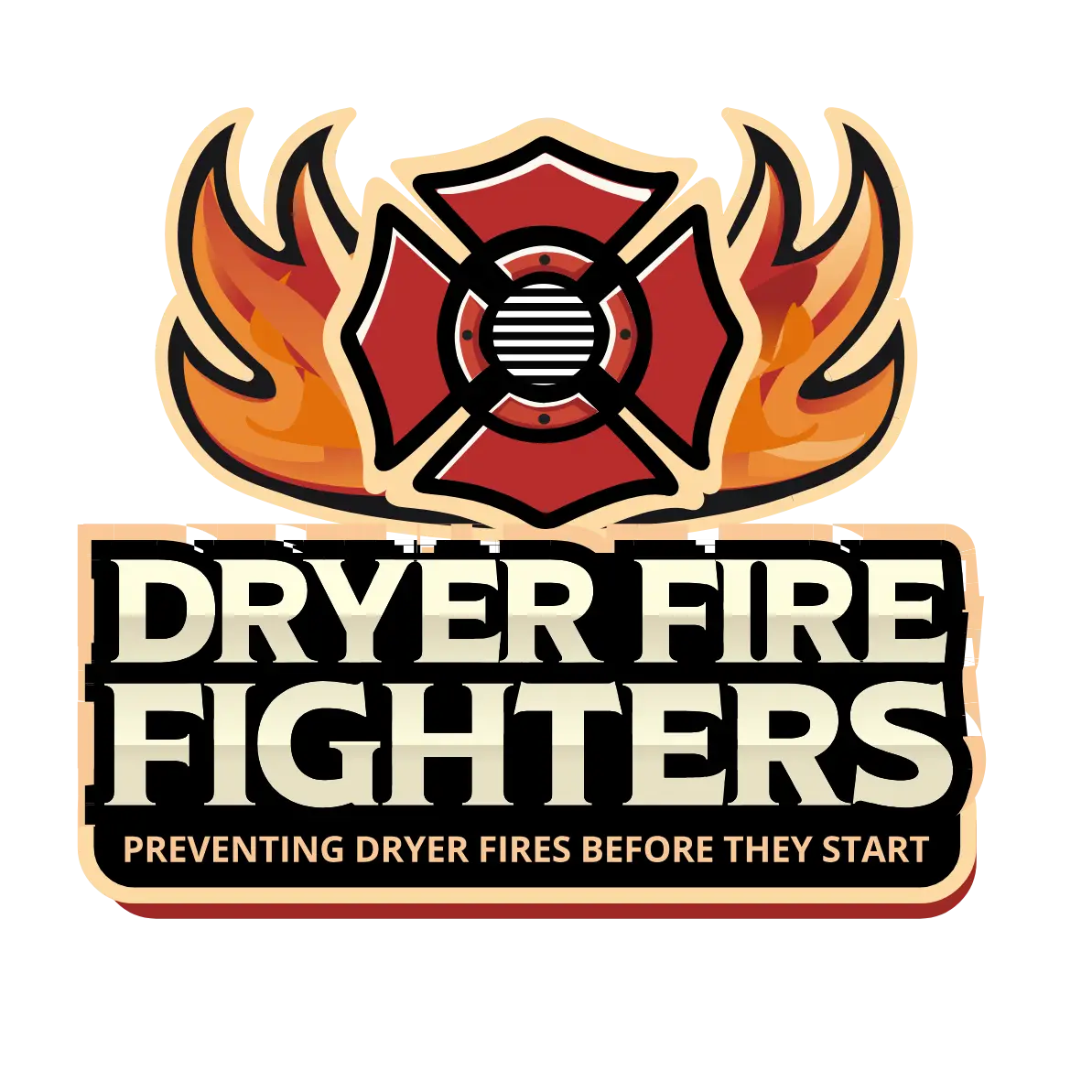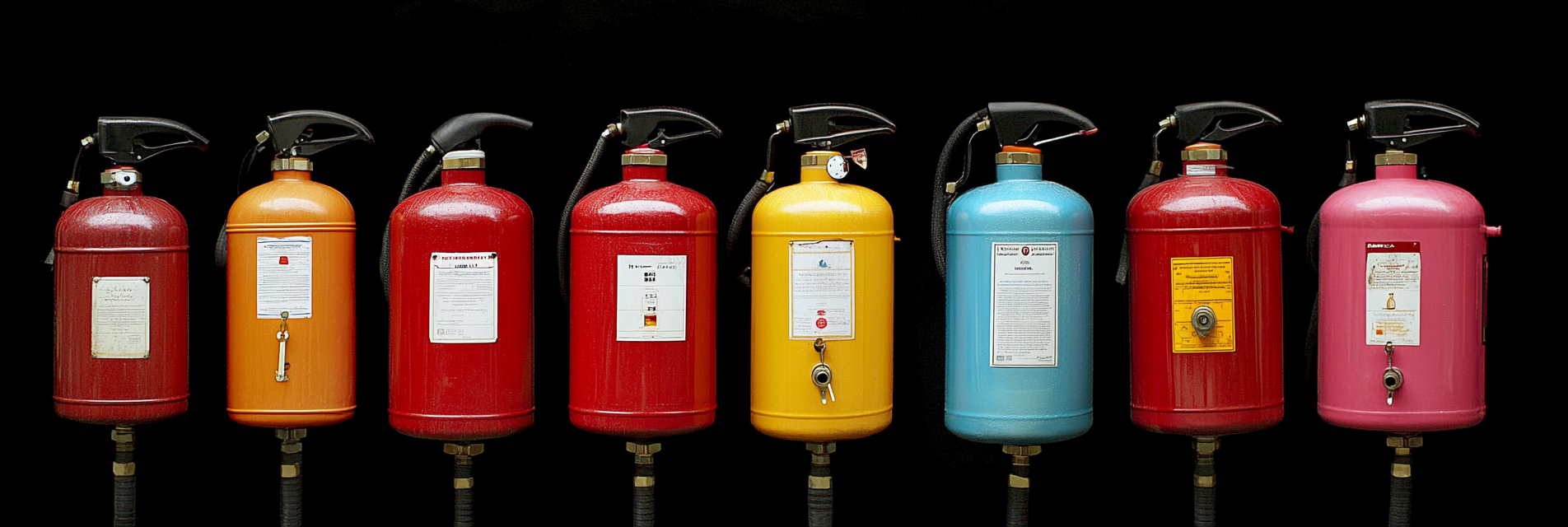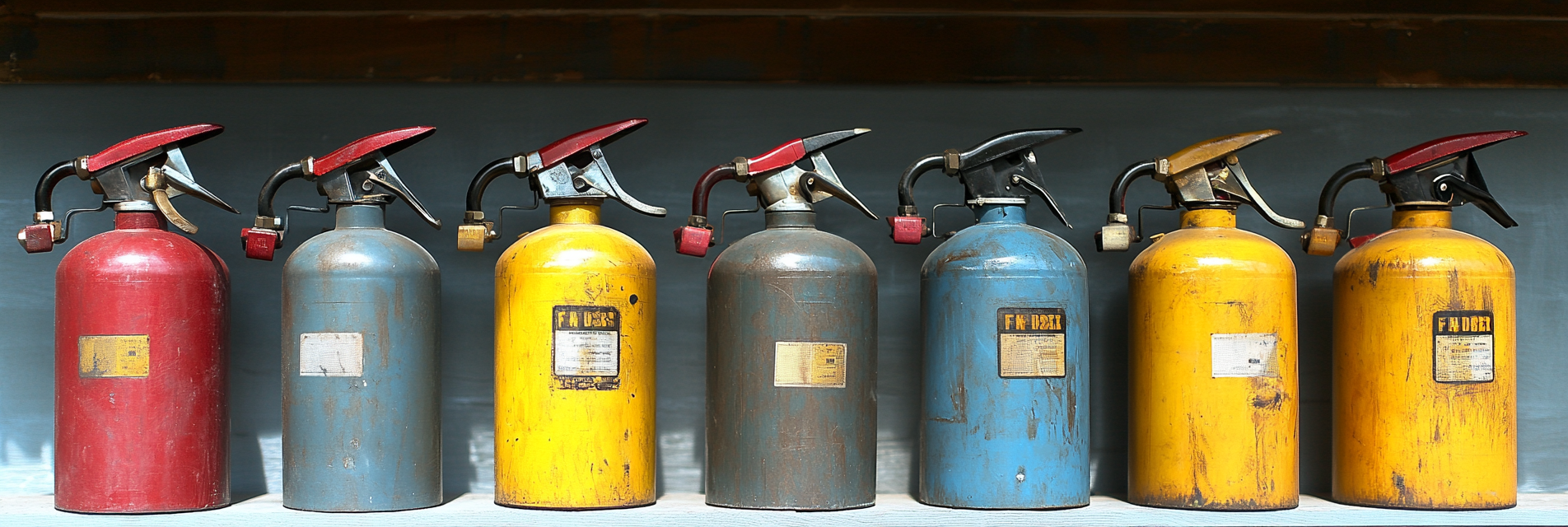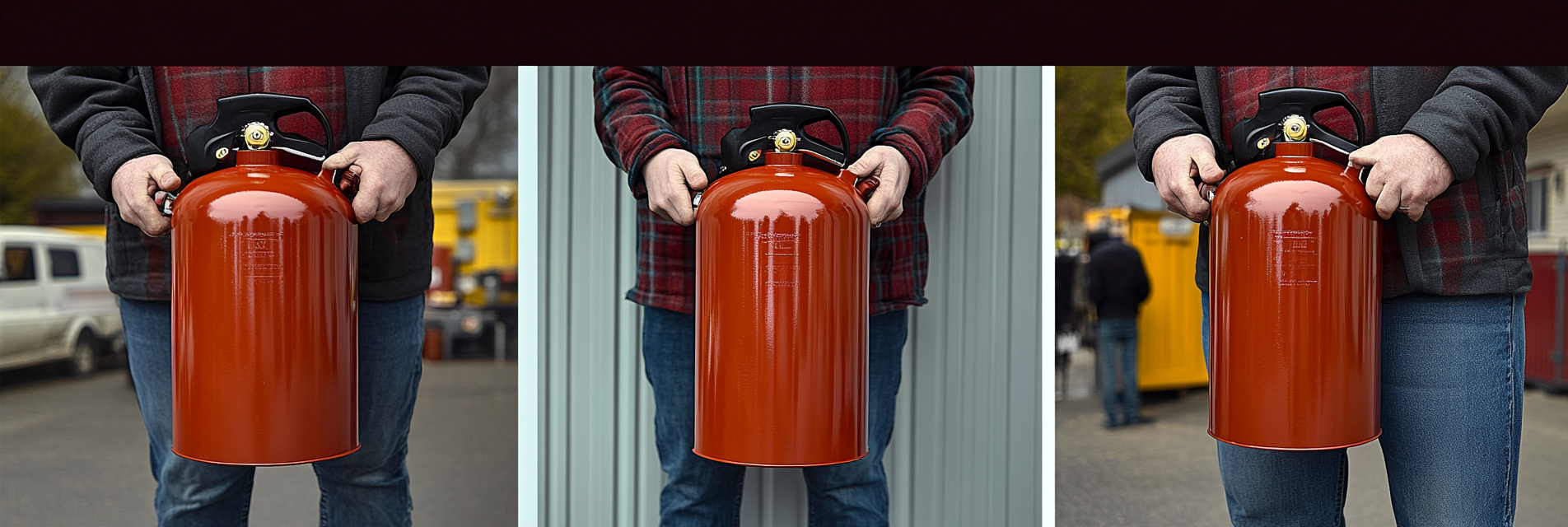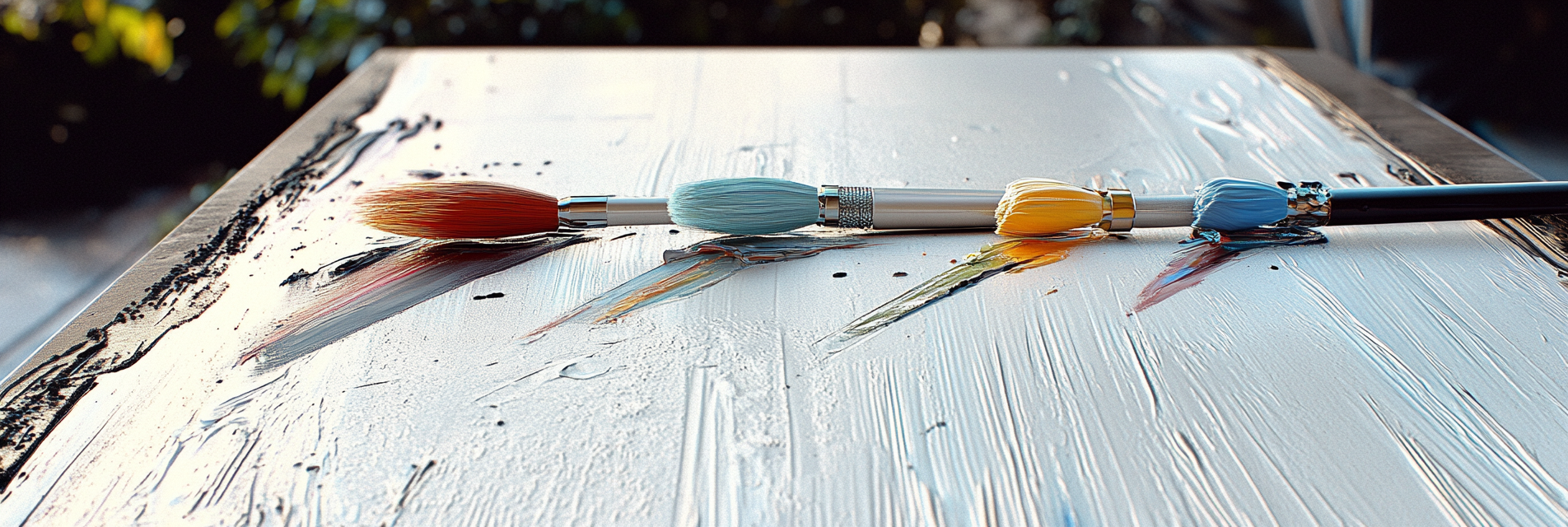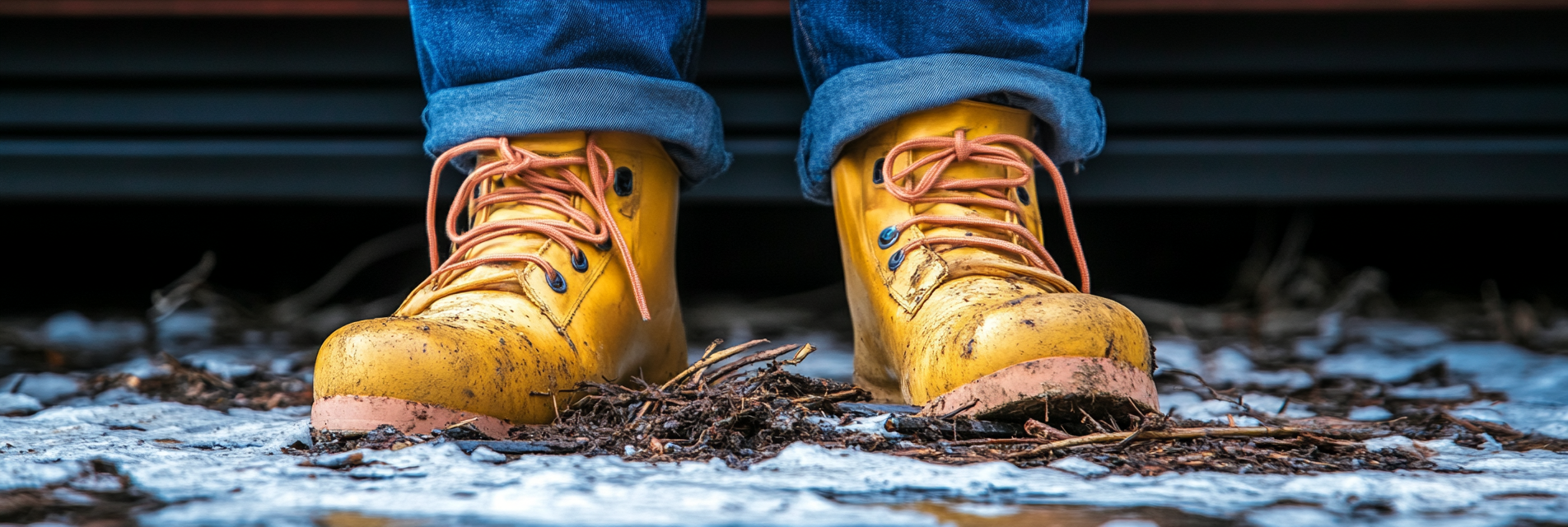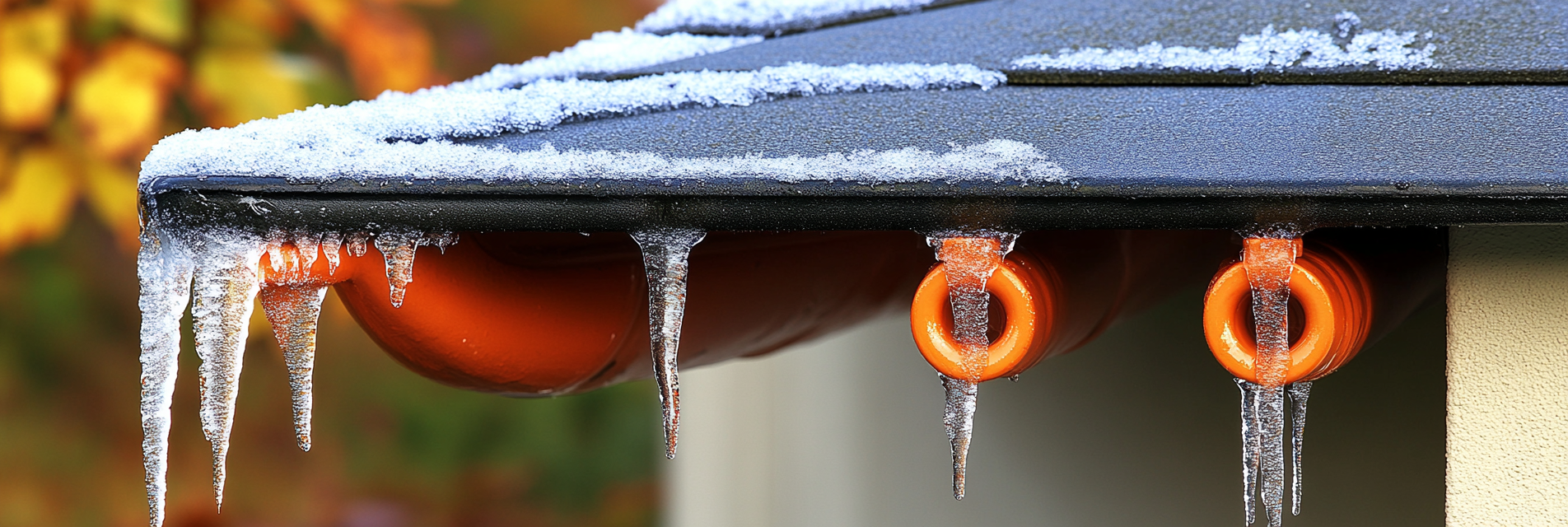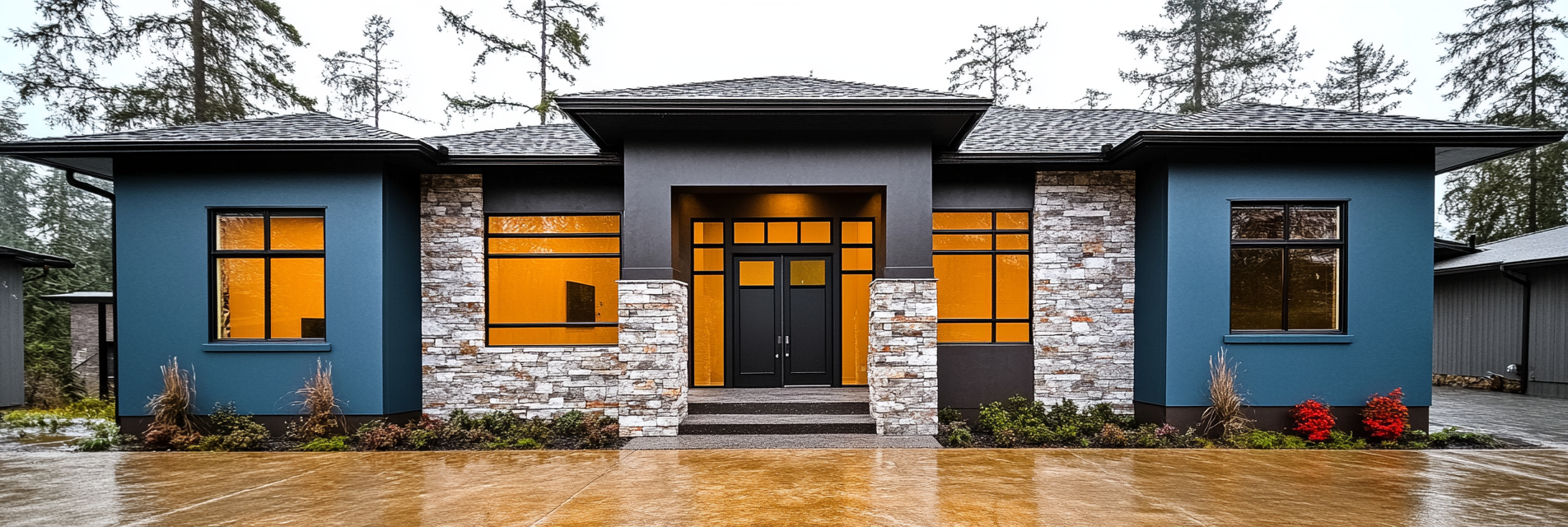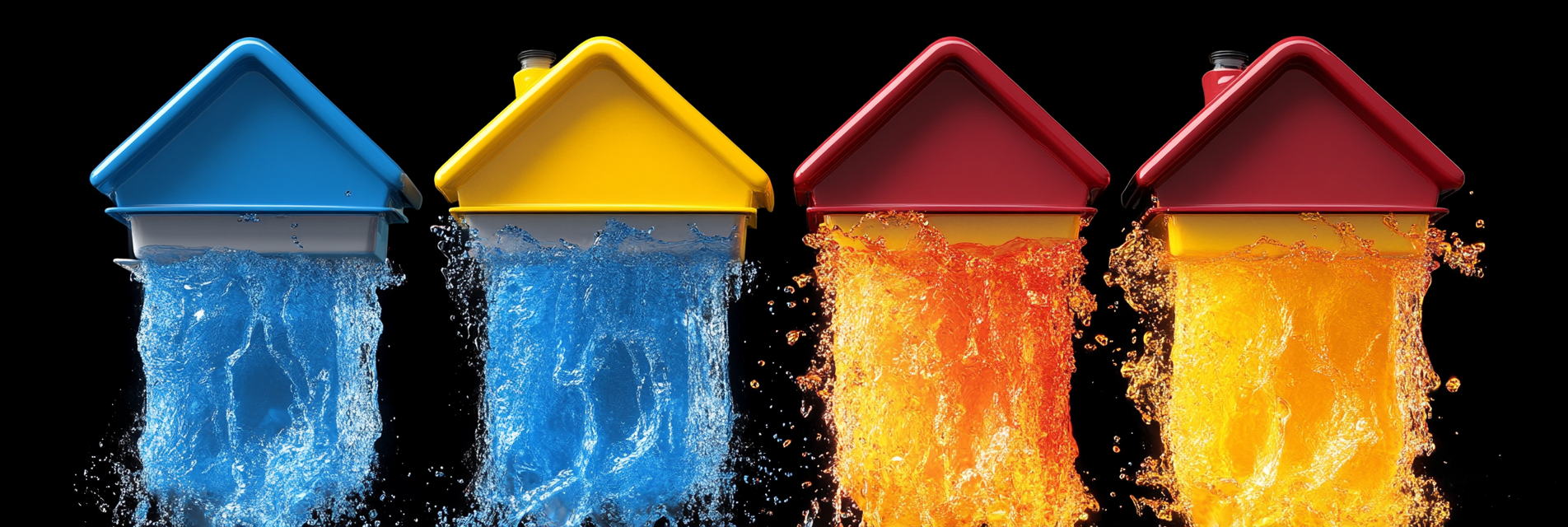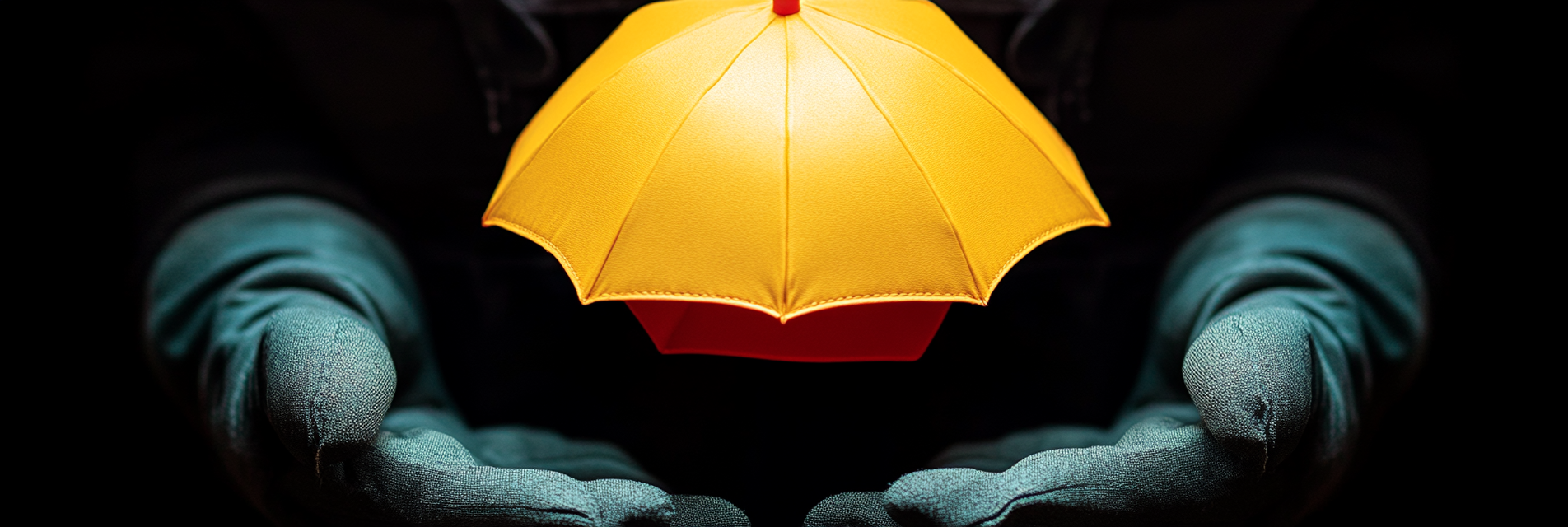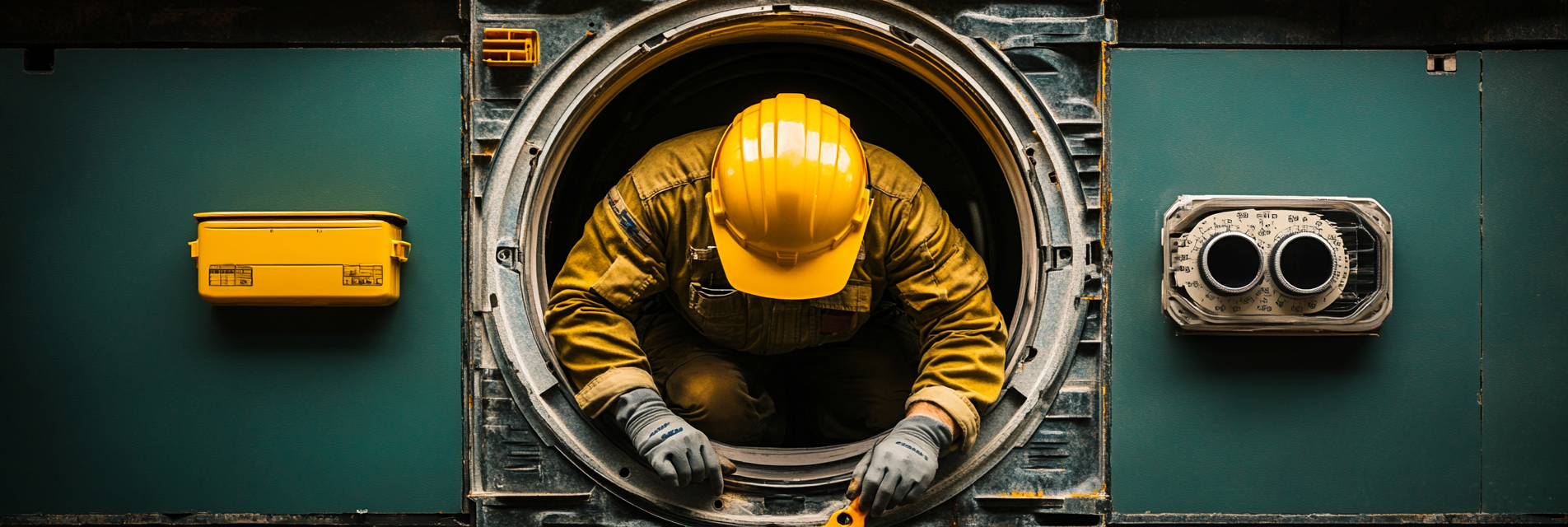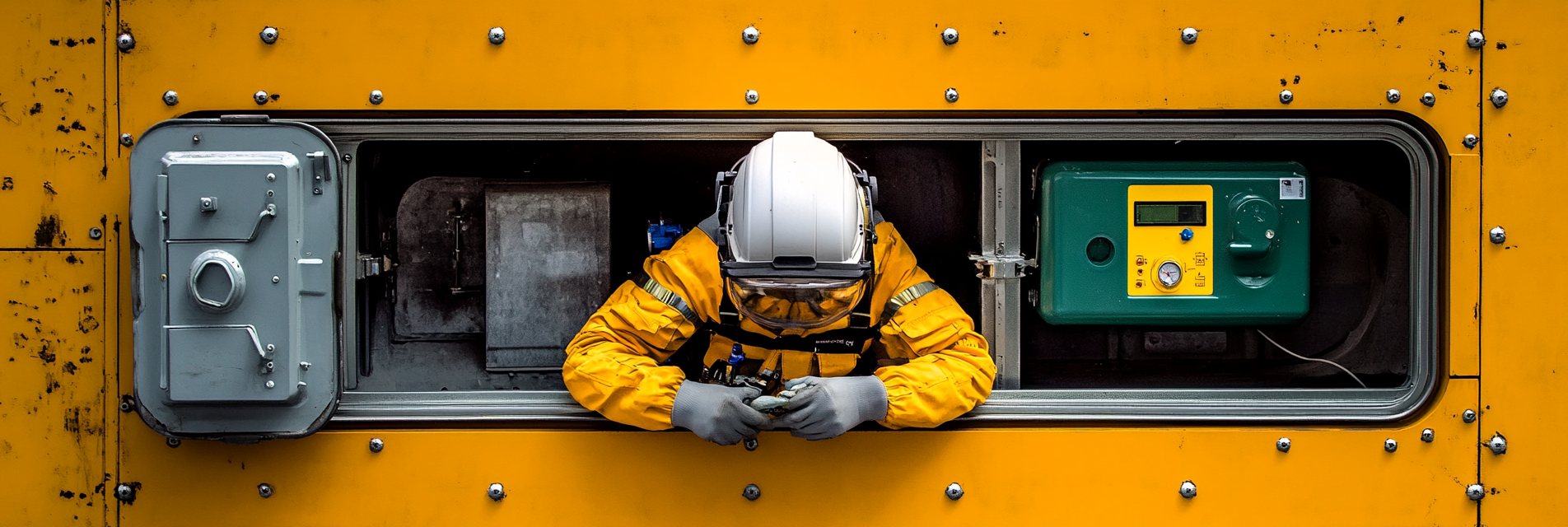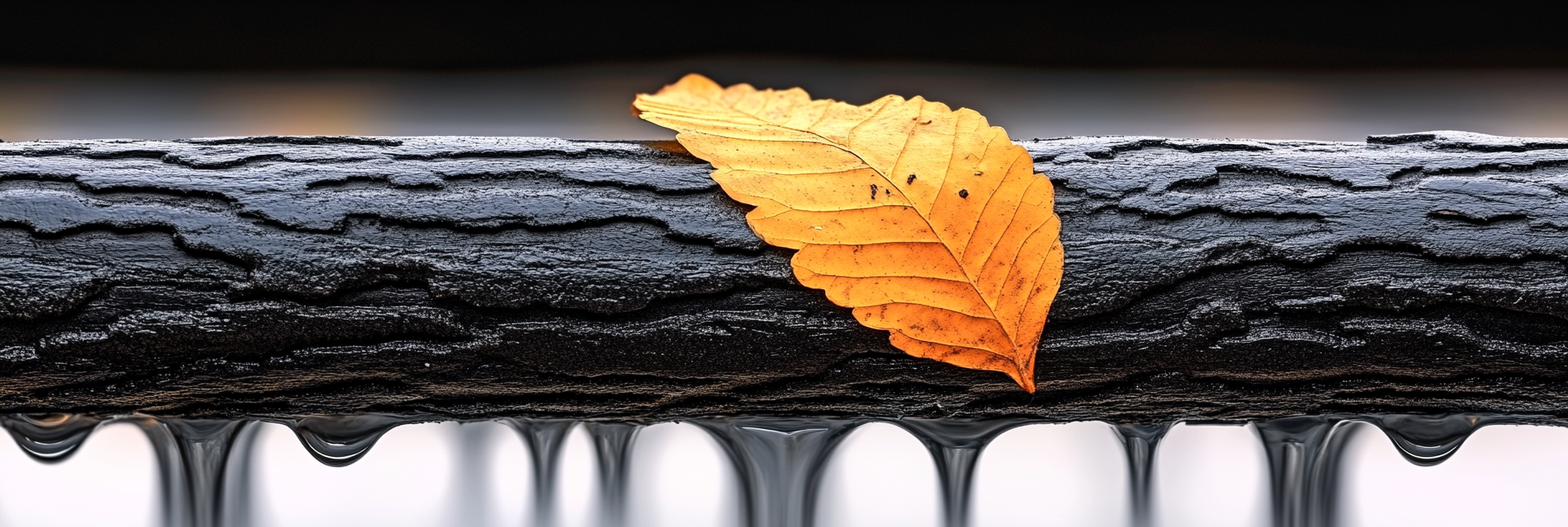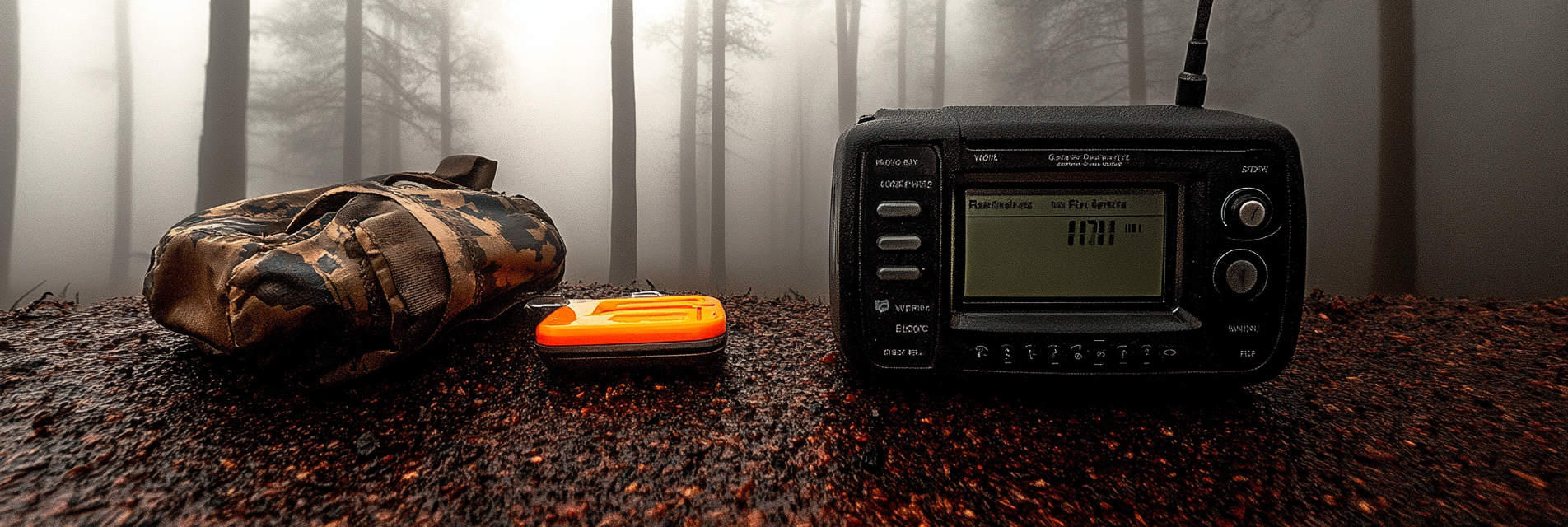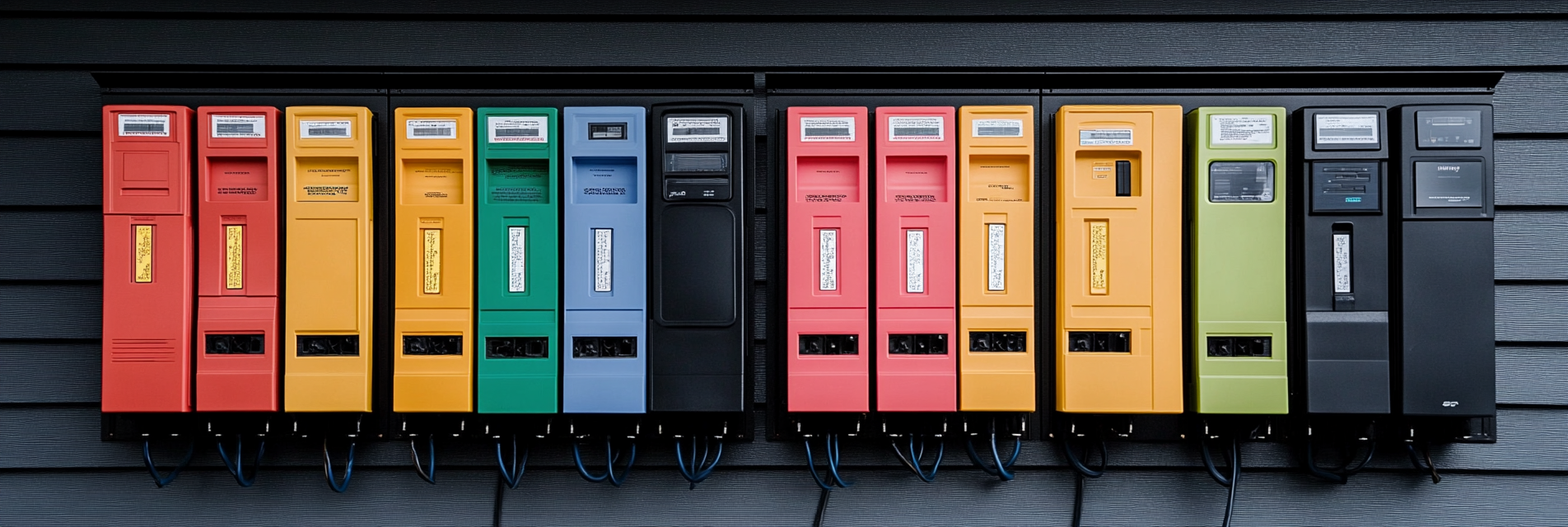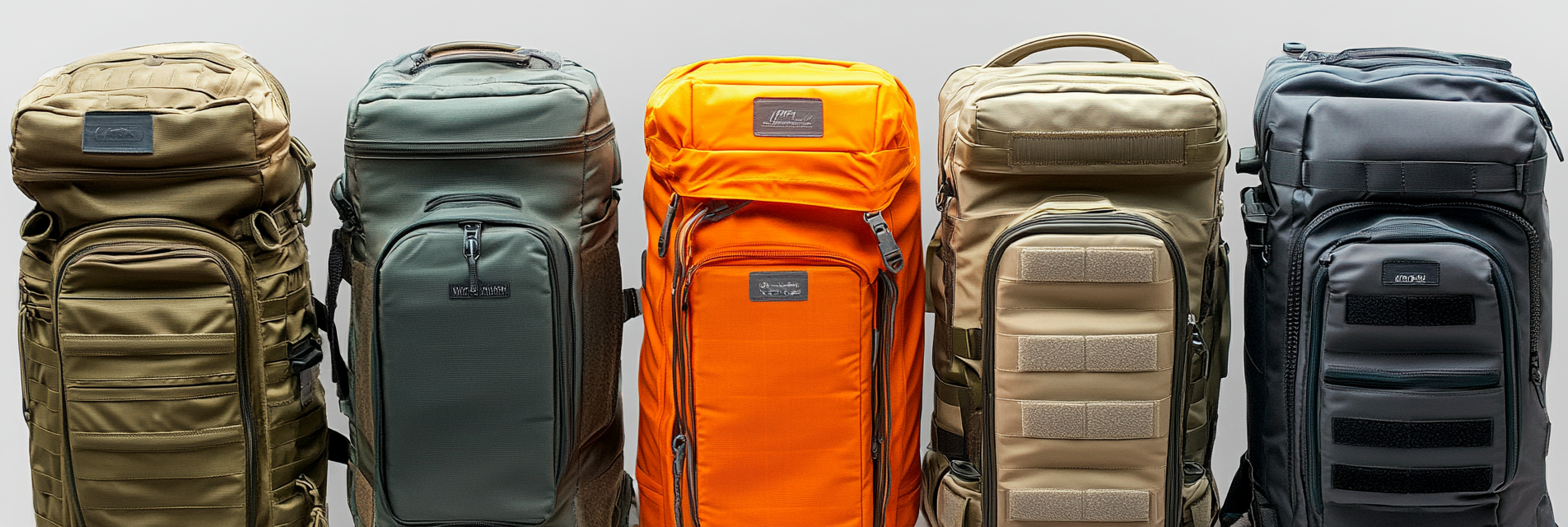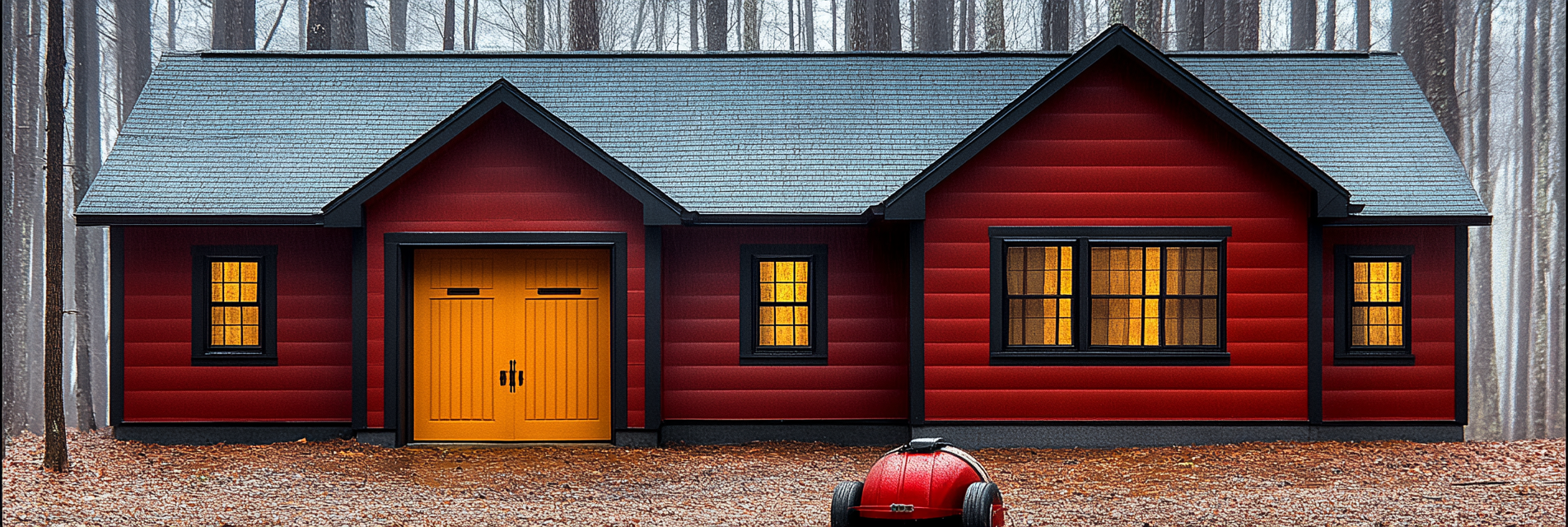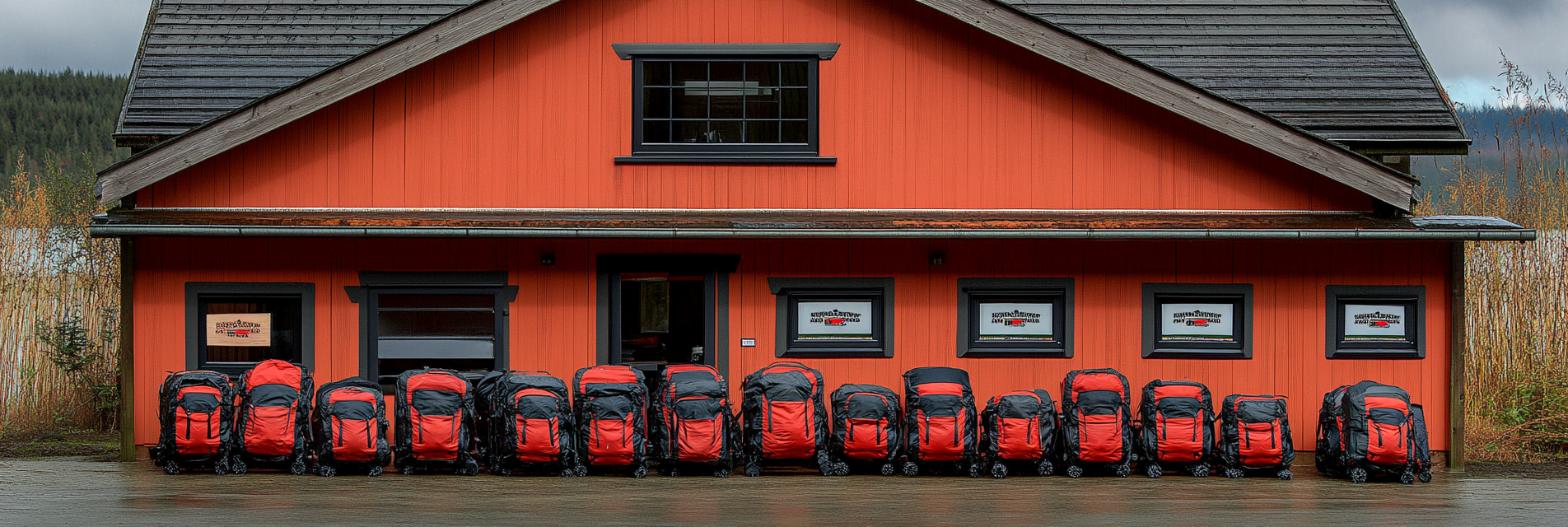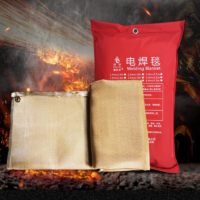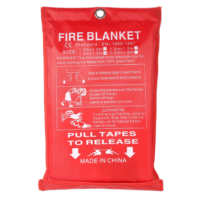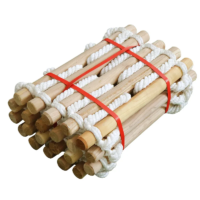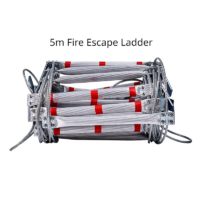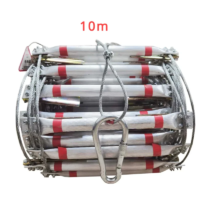Fire extinguishers are an essential part of home safety, capable of preventing small fires from becoming full-blown emergencies. However, having a fire extinguisher isn’t enough—you must know how to use it effectively. This article covers the types of fire extinguishers, when and how to use them, and best practices for ensuring your home is prepared for fire emergencies.
1. Understanding Fire Extinguisher Types
Different types of fires require different extinguishers. Knowing which one to use can be the key to effective fire control:
- Class A: For ordinary combustibles like wood, paper, and cloth.
- Class B: For flammable liquids such as grease, gasoline, and oil.
- Class C: For electrical fires involving appliances and wiring.
- Class D: For combustible metals, typically found in industrial settings.
- Class K: Specifically for kitchen fires involving cooking oils and fats.
Combination Extinguishers:
Many household extinguishers are rated ABC, making them suitable for most home fire scenarios. First Alert Rechargeable Home Fire Extinguisher is a reliable ABC-rated option.
2. How to Use a Fire Extinguisher:
The PASS Method The PASS method (Pull, Aim, Squeeze, Sweep) is a standard and easy-to-remember way to use a fire extinguisher effectively:
- P: Pull the Pin: Hold the extinguisher with the nozzle pointing away from you and pull the pin to break the tamper seal.
- A: Aim Low: Direct the nozzle at the base of the fire, not at the flames. Targeting the base cuts off the fire’s fuel source.
- S: Squeeze the Lever: Squeeze the lever slowly and evenly to release the extinguishing agent.
- S: Sweep Side to Side: Sweep the nozzle from side to side at the base of the fire until it appears extinguished. If the fire reignites, repeat the process.
Safety Tip: Always maintain a safe distance (about 6-8 feet) from the fire and move closer only as the fire diminishes.
3. When to Use a Fire Extinguisher
Fire extinguishers are effective only when used early and under the right circumstances:
- Small, Contained Fires: Use an extinguisher only on small, contained fires that do not block your exit path.
- Clear Escape Route: Ensure that the fire is not between you and your exit. Always position yourself so you can retreat safely if the fire spreads.
Use Case Scenario: A grease fire starts in the kitchen. You grab your Class K fire extinguisher and use the PASS method to safely douse the flames, preventing the fire from spreading.
4. How to Maintain Your Fire Extinguishers
Regular maintenance ensures that your extinguishers work when you need them most:
- Monthly Checks:
- Ensure the pressure gauge needle is in the green zone.
- Check for any visible damage, rust, or dents.
- Annual Inspection: Have your fire extinguishers inspected by a certified professional each year.
- Recharge After Use: Even if the extinguisher isn’t empty, it should be recharged or replaced after any use.
Product Tip: First Alert Fire Extinguisher Mounting Brackets are useful for securely storing your extinguishers in accessible locations.
5. Choosing the Right Locations for Fire Extinguishers
Strategic placement of extinguishers maximizes safety and accessibility:
- Kitchen: Mount an extinguisher near your cooking area, but not too close to the stove where it might be unreachable during a fire.
- Garage: Keep an extinguisher in your garage or workshop where flammable materials are often stored.
- Bedrooms and Hallways: Place extinguishers on each level of your home, especially near sleeping areas for quick access.
6. Practicing Fire Extinguisher Drills
Regular practice builds confidence and readiness:
- Practice with Training Units: Use training extinguishers that simulate the use of real ones to practice the PASS method.
- Run Family Drills: Include fire extinguisher practice in your family’s emergency response drills to ensure everyone knows how to use them.
7. Fire Extinguisher Safety Tips
Keep these tips in mind for safe use:
- Assess the Fire First: If the fire is too large, get out and call 911. Never attempt to fight a fire that is spreading rapidly or producing thick smoke.
- Position Yourself Safely: Stand with your back toward the exit while using the extinguisher, so you have a clear path to escape if needed.
- Avoid Re-Entry: If the fire reignites after you think it’s out, leave the area and wait for emergency services.
8. Knowing When to Call for Help
Using a fire extinguisher is only part of the solution:
- Call 911 Early: If a fire doesn’t go out immediately or starts spreading, evacuate and call emergency services.
- Evacuate If Needed: Prioritize your safety and the safety of your family over trying to fight a fire. Fire extinguishers are tools for small-scale emergencies, not large fires.
Use Case Scenario: You attempt to extinguish a fire in your living room but it quickly spreads. You abandon the extinguisher, evacuate your family, and call 911. This swift action ensures everyone’s safety.
9. Knowing Your Extinguisher’s Limitations
Each extinguisher type has limitations:
- Class A Fires: If you only have a Class A extinguisher, do not attempt to use it on grease or electrical fires.
- Duration: Most household extinguishers last only 10-20 seconds when fully discharged, so act decisively.
10. Replacing Expired Fire Extinguishers
Fire extinguishers have a shelf life, typically 5-15 years depending on the type:
- Expiration Date: Check the manufacturer’s label or pressure gauge regularly to know when it’s time to replace your extinguisher.
- Disposal: Contact your local waste management facility for proper disposal or recycling of expired extinguishers.
Conclusion
Knowing how to use a fire extinguisher can mean the difference between a small, contained fire and a major household disaster. By understanding the types, practicing the PASS method, and regularly maintaining your fire extinguishers, you’ll be prepared to act swiftly and effectively. It’s also very important to regularly check your extinguishers’ pressure gauges and replace expired units promptly. Paul Lindberg’s Dryer Fire Fighters reminds homeowners that comprehensive fire safety planning, including the use of extinguishers, helps protect your home and loved ones from potential fire emergencies.
Serving the communities of:
Kennewick | Pasco | Richland | West Richland | Finley | Burbank | Benton City | Prosser | Grandview | Connell
As the sole certified dryer exhaust technician recognized by CSIA.org in the Tri-Cities area, Paul brings a wealth of expertise to fire prevention. His primary focus lies in addressing the root cause of many residential fires: lint buildup in dryer cavities and vents. Through rigorous inspections and thorough cleanings, Paul ensures that families and businesses can enjoy peace of mind, knowing their properties are safeguarded against fire risks.
